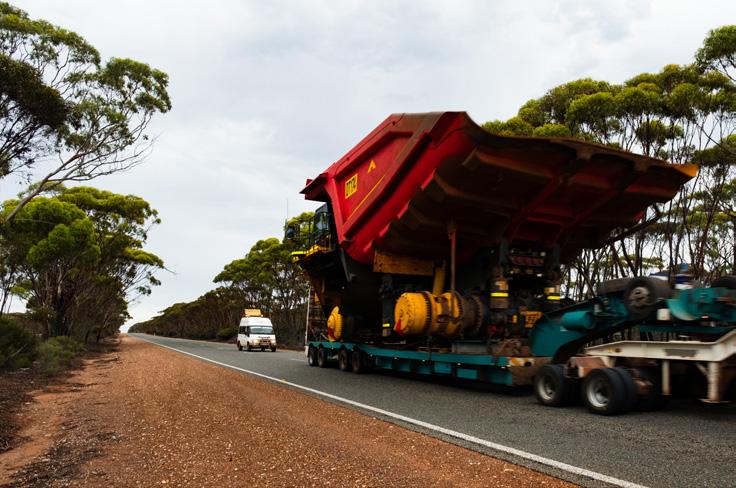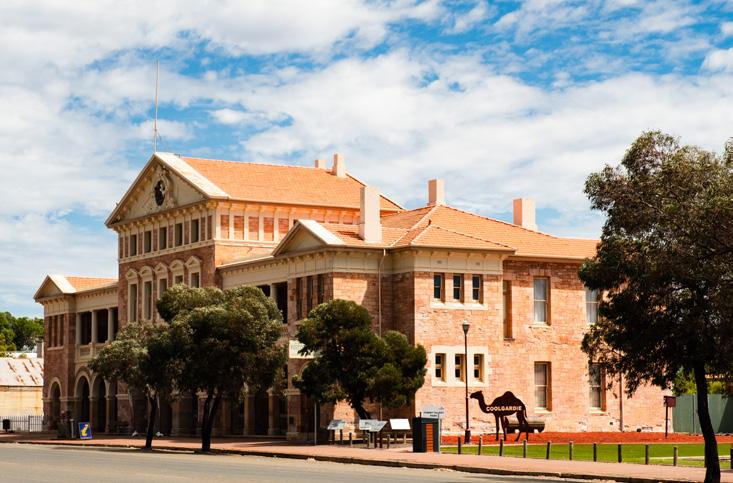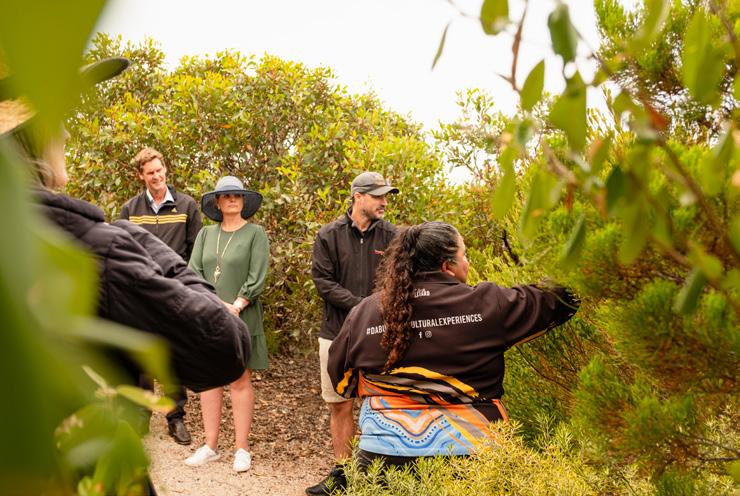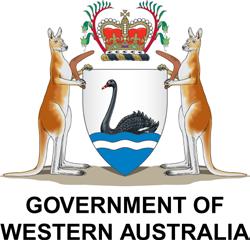
DEVELOPMENT COMMISSION
STRATEGIC PLAN 2025-27
ENDORSED FEBRUARY 2025
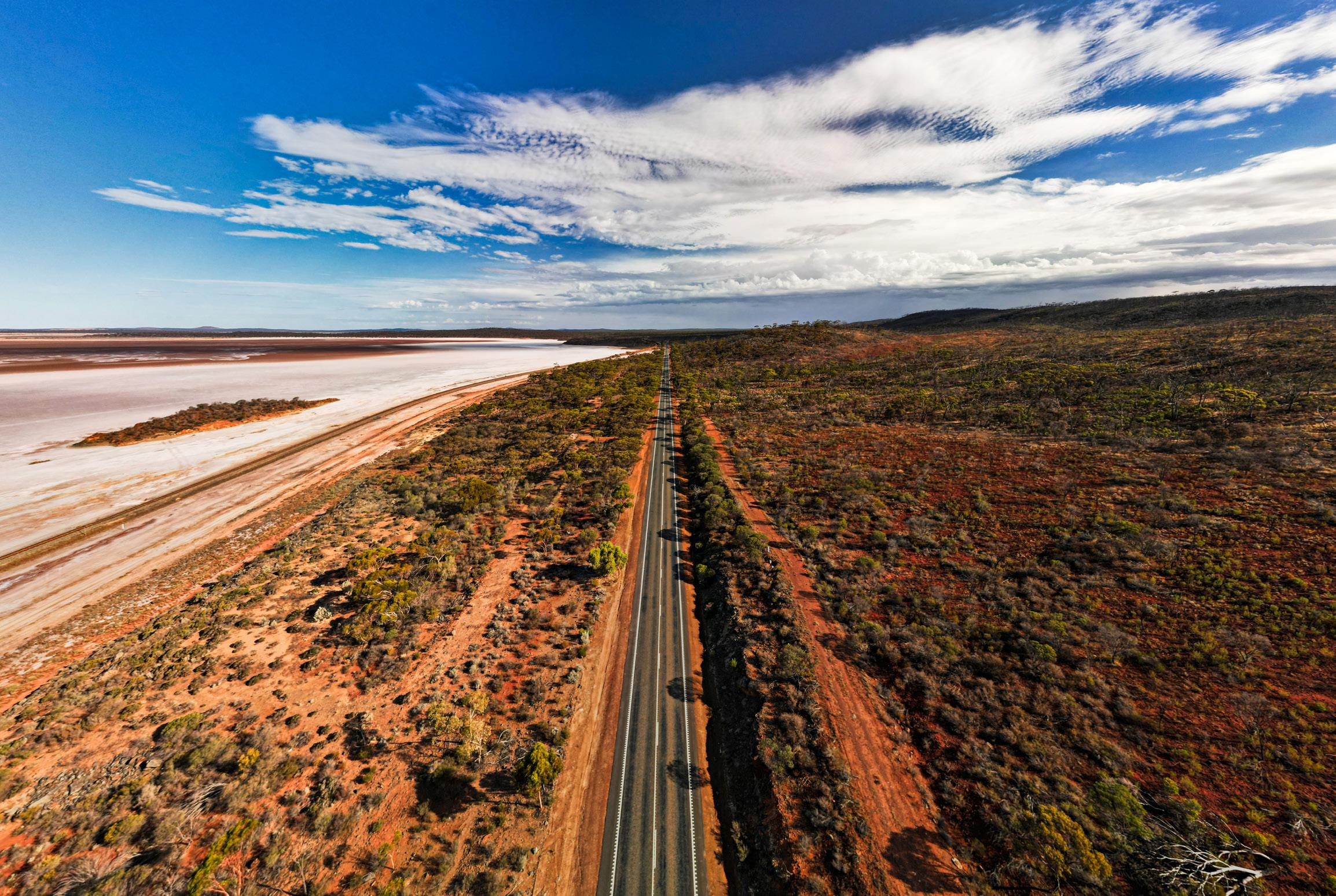
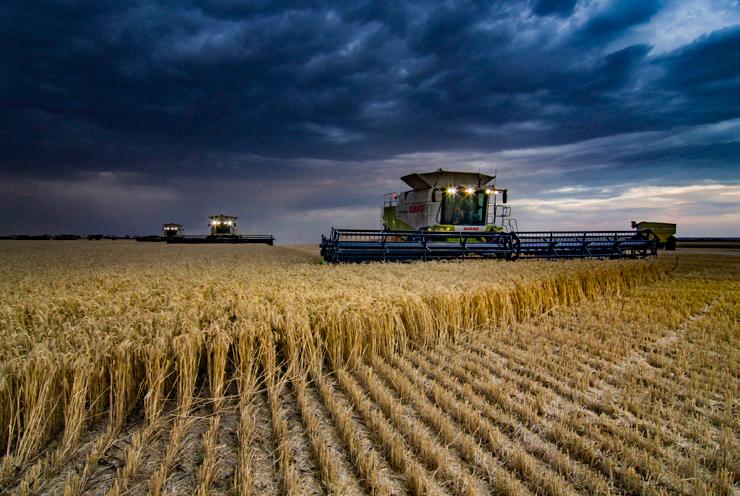




DEVELOPMENT COMMISSION
STRATEGIC PLAN 2025-27
ENDORSED FEBRUARY 2025





The Goldfields-Esperance Development Commission acknowledges the Traditional Owners of Country across the Goldfields-Esperance region. We recognise the connection of Aboriginal peoples to the land, waters and community.
We pay our respects to Elders past and present and acknowledge Aboriginal and Torres Strait Islander peoples, communities and cultures living in the region.
For thousands of years, Aboriginal and Torres Strait Islander peoples have welcomed visitors to their Country as part of their cultural practices.
The Welcome, which serves to give permission to the visitors to be on their Country, is delivered through spoken language, song, dance, and at times a smoking ceremony. Adopting the practice of a Welcome to Country by Traditional Owners or custodians of the land, or an Acknowledgement of Country by non-Aboriginal or non-custodians of the land, demonstrates our recognition of Aboriginal and Torres Strait Islander peoples as the first peoples of this land and our commitment to culturally safe and inclusive ways of working.
As a continuation of GEDC’s commitment to our reconciliation journey, we have our Acknowledgement to Country currently translated into ten of the 17 Aboriginal languages of our region.
We thank the Goldfields Aboriginal Language Centre and the language custodians for their contribution to this resource. Locations of languages are approximate and may not be based on traditional locations.
Ngurra lampaju kulinyila Nga Goldfieldspa kamu Esperance-pa Development Commission-lu kulinyi ngurra waljajarra pararra Goldfieldspakamu Esperance wana nyuntutinyi kurnu parna kapi kamu ngurra walja. Ngayutinyipa kuntala kanyininyi parlparriku Martuku ngurra kamu kuruwarri kamu jilpi tuju juljujarnu kamu yungunku.
Parna-lipitja Kulira Watjarni. Kawultjarrangurra Itjaparantja Tjanala Tjungungku Atatjurra-kulira Kanyintjakitja- nyinapayi, Kamitjantu panyangku Kamitjantu palya watjarni, wati minyma tjukurrpa kanyilpayinya tjananya, panya Kawultjarra-ngurra, Itjaparantala tjanala rawanguru nyinanyinara; parna, ngurra, kapimpa rawa nyina-nyinatja tjananya. Nganarna Kamitjantu, Arnanguku ngurrarra winki palya watjarni kaltja kurlu; munu Yirna-tjurta, irrititja-mpa kuwarritja kurlu-kurlu.
Ngadjungarra ngurra nguntu wamurti. Goldfields-Esperance Development Commission-nya ngadjungarra nguntu tartinyirri matayi wamurti pana katajala Goldfields-Esperance region mathulu tjukurrpa munjanguu pana, kapi and mathalu. Ngadjungarra nguntu tartiny matayi pana, tartiny ngaringin matayi yungarnkin matayi.

Yintaanku parna. Goldfields-Esperance Development Commission yintaa Yarnangu Goldfields-Esperance-ngku tjanaku tirtu kanyila parna, kapi ka ngurra. Ngalipaku kulila Yarnangu ka tjanaku Tjukurrpa; ka nalpa pirni wanka ka ngalpa pirniku warrkanu.
Wirrurl kanyilpai ngurra ka palu jana lintinyi. Anangu tjutaku kanima ngurra wirruku munu kapi, ngurra. Anangu tjuta wirru ngurra kanyilpai ka tjilpi tjuta irriti tjana pukalpa nyinapai.
Goldfields-Kepa Kurl djandjoo koorliny. Birdiya kaditjidjiny Noongar Moort boolarang Goldfields – Kepa Kurl boodjar wer baalabang ngadiny dandjoo yoodaniny Boodjar Kep wer Moort. Ngalak kadidjiny ngalang kootadjinong boola Moort-ak Ngalak kadidjiny ngalang koota-djinong boola moort-ak.
Goldfields-Esperance Development Commission ninti ngurra kanyilpa Kawutjarrangurra. GEDC ninti purlkanya manta lipi, kapi puru ngurra. Pirni kurnta yanangu, yanangu pirni-lu ngurra walykumunu kanyinma puru lurrtjurring. Pirn-lu kurtarriwa ngayuku kutjurlping katja puru ngula puru kuwarring katja.
GEDC-tula yurrulykula yilta ngaarla parnajanu. Goldfields-Esperance region mantangkaya nyinanyi kapi, ngurra, parnaya kanyinyi. Respect-pala nintilku yiltajanalarti, Tjukurrpala janampa respect-amulku. Elders-tila respect nintilku, elders kuwarrija, elders-jaya yan wantingu nganananya.
Ruukulinu Ngurra Nangana The GoldfieldsEsperance Development Commission ruukulinu ngurra kapi nangana nurraku, nurrapirni ngurra yungkarra nyinannyinangku mirrirringku nurra jirtu tawarra nyinannyinan. Ngalipaka The Goldfields-Esperance Development Commission pukurlpa wangkatjapirni jirtu yamatjirrin nyalpapirni, kaparlipirni tana kuwarri nyinan, tana pawurtu.
Goldfields-Esperance Development Commission ruukulilku Wangkatja pini Malpa, Anang tjuta ngurrara Goldfields-Esperance regiontjanu. Tjanalu tirtu kanyira parnaku, kapiku, ngurraku, tjanalu kuturtu kurti kanyira. Goldfields-Esperance Development Commission kuntawiya kulilku, nyakula, pukurlpa piniku kuwarri nyinarra, pukurlpa nyalpa piniku tiwa nyinangu. Palunya.

This Strategic Plan defines a strategic direction for the GEDC for the period 2025-2027.
The Plan sets out the GEDC’s approach to the delivery of regional development outcomes, setting out key priorities and strategies the GEDC will focus on to drive economic and social development for the Goldfields-Esperance region.


“This Strategic Plan provides a roadmap, outlining our priorities and our stewardship role for the years ahead. “
Welcome to the Goldfields-Esperance Development Commission (GEDC) Strategic Plan 2025-2027, which outlines our agency’s vision and priorities for the region during a pivotal period of regional economic development.
The Plan defines a strategic direction for the GEDC for the next two years and sets out the GEDC’s approach to the delivery of regional development outcomes, to drive economic and social development for the Goldfields-Esperance region.
Our purpose is to ensure the Goldfields-Esperance region continues to play a central role in shaping the State’s economic future and to promote the ongoing prosperity and well-being of the region’s people. While resources and primary industries remain the backbone of our regional economy, they also continue to play a significant role in supporting the State’s fiscal prosperity. Building on this strong foundation, the region holds enormous potential for growth through investments in infrastructure, industrial and residential land, and emerging industries such as renewable energy.
Though the region enjoys higher-than-average incomes and low unemployment, the tight labour market presents challenges for small businesses and industries in attracting and retaining talent. This situation also creates opportunities for new workers and residents to contribute to the region’s growth.
Looking ahead, we are committed to driving long-term economic development, enhancing regional liveability, promoting Aboriginal empowerment and prosperity and adapting to the impacts of a changing climate through participation in the low-carbon economy.
This Plan aims to support responsible economic development, ensuring that diversification opportunities, particularly in renewable energy, are captured. At the same time, we must address critical challenges such as workforce retention, housing, and infrastructure. These areas are essential for sustainable growth and will remain a primary focus.
The GEDC is a forward-thinking, collaborative agency with a proven track record of leading and delivering positive outcomes for the Goldfields-Esperance region. Guided by integrity and a commitment to excellence, we aim to optimise the current wave of economic activity while preparing for a prosperous, sustainable future.
This Strategic Plan provides a roadmap, outlining our priorities and our stewardship role for the years ahead. We are confident that by working together and building relationships, we can create lasting benefits for the region and its people.


This Plan emphasises collaboration with industry, governments and community stakeholders to leverage emerging opportunities. Aligned with our Strategic Plan priorities, our key projects for the Plan period include:
DIVERSIFICATION, & INNOVATION
• Kalgoorlie Rail Realignment and Intermodal Terminal Project – Detailed Business Case
• Optimising the benefits of the Outback Way
• Delivering the Regional Economic Development (RED) grants and other regional investment initiatives
• Delivering the Local Content program in the Goldfields-Esperance region
• Kalgoorlie-Boulder Youth Precinct
• Full Circle Therapies facility
• Early Childhood Education and Care sector initiatives
• Housing, land, and key worker accommodation projects
ABORIGINAL EMPOWERMENT & PROSPERITY
• Tjiwarl Economic Development Strategy
• Kepa Kurl (Esperance) Aquaculture Precinct Development
• Northern Native Seed Industry Development Initiative
CLIMATE RESILIENCE & LOW CARBON TRANSITION
• Goldfields-Esperance Regional Drought Resilience Plan and implementation
• Low Carbon Economy Study
ORGANISATIONAL EXCELLENCE
• Regional Development Portfolio Policy alignment
• Continuous improvement for ICT, cybersecurity and SmartyGrants
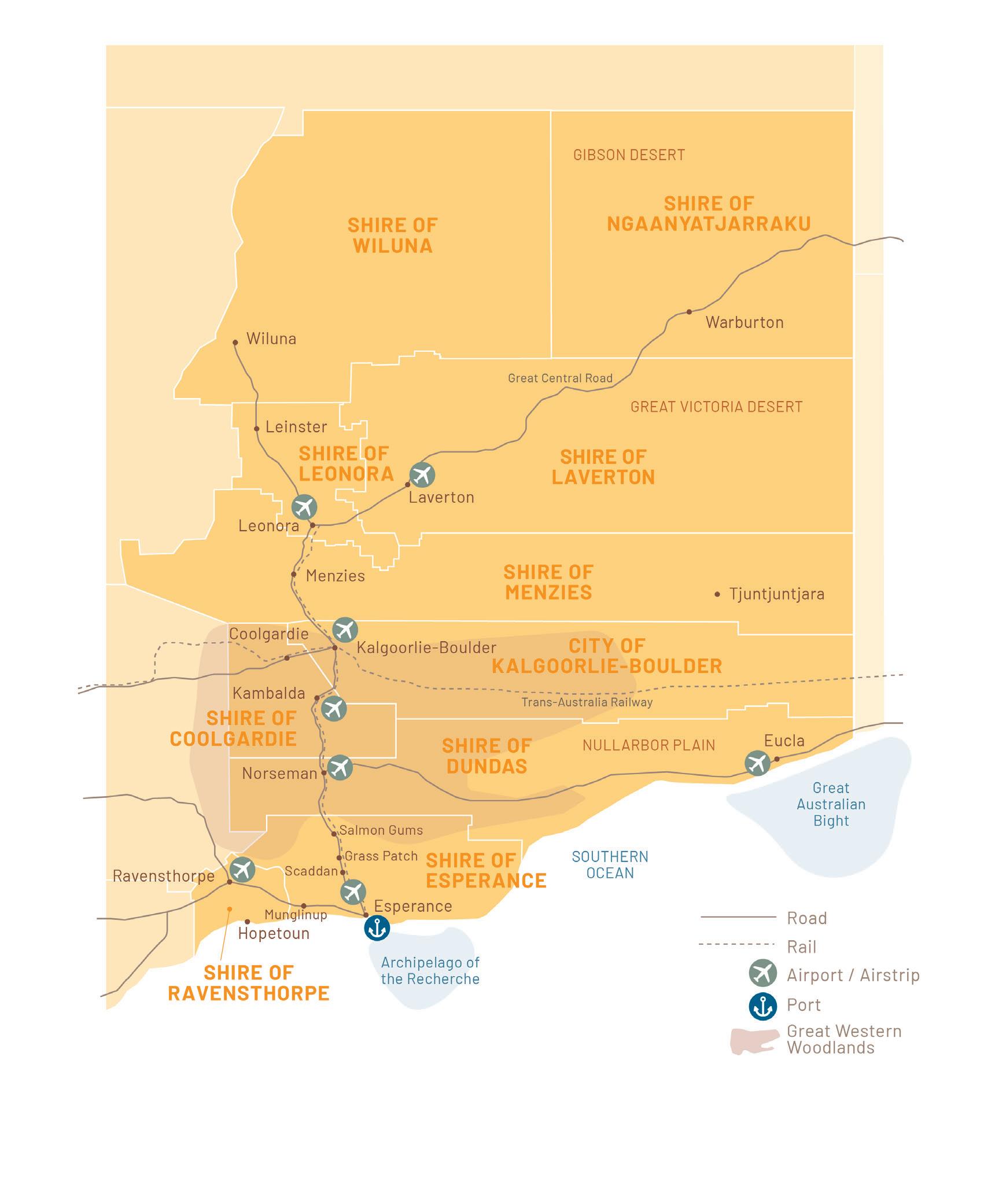
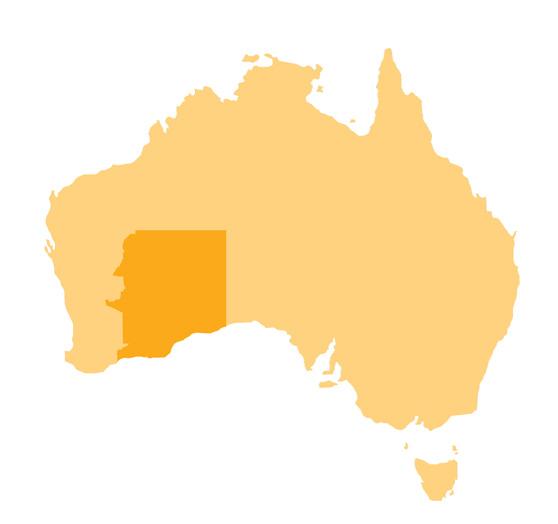
The Goldfields-Esperance region is located in the south-eastern corner of Western Australia.
The largest in WA, our region covers an expansive land area of over 950,000km2. That equates to over 148 Perth Metropolitan Areas!
billion
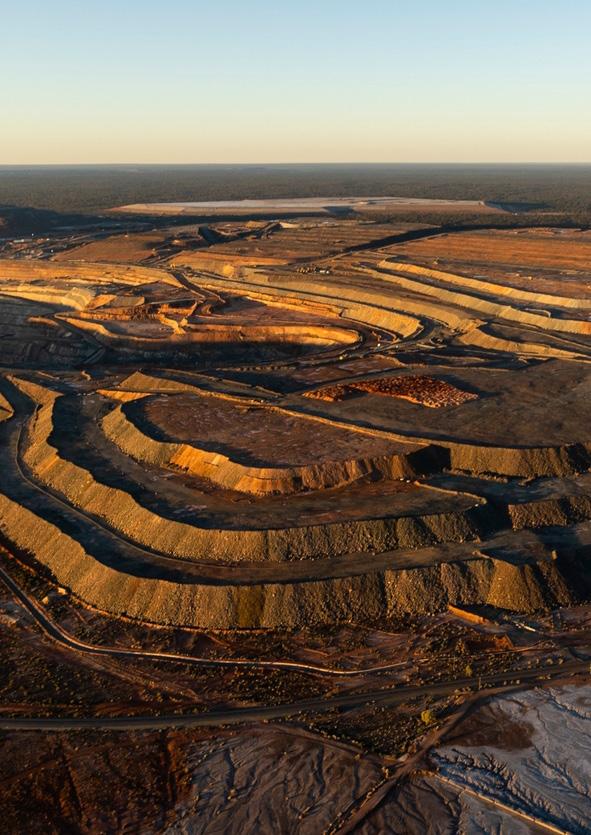
One of the most significant mining regions in Australia producing commodities including gold, nickel, copper, lithium, iron ore, rare earths and critical minerals. The mining sector contributes $27 billion in regional economic output.
The region is geographically vast and diverse, internationally recognised for its expertise in mining mineral resources, rich agricultural commodities, spectacular natural environment and an abundance of unique experiences.
The southern region features primarily broadacre crops, with livestock, fisheries and forestry activities. The Esperance Port is a strategic asset and important economic enabler with its highest traded commodities being iron ore, grain and spodumene.
million
in the
Sectors by Economic Output ($m)
Hiring & Real
Sources: REMPLAN 2024
The GEDC, established under the Regional Development Commissions Act 1993 (Act), is listed as a statutory authority on
The GEDC is one of nine Regional Development Commissions, each established to serve their unique regions of Western Australia, and to achieve specific objectives defined in the Act:
• Maximising job creation and improving career opportunities in the region;
• Developing and broadening the economic base of the region;
Schedule 1 of the Financial Management Act 2006 and is subject to the provisions of the Public Sector Management Act 1994
• Identifying infrastructure services to promote economic and social development within the region;
To deliver these objectives, the GEDC may undertake functions listed in the Act:
• Promote the Goldfields-Esperance region;
• Facilitate coordination with relevant statutory bodies and State Government agencies;
• Cooperate with representatives of industry and commerce, employer and employee organisations, education and training institutions and other sections of the community within the region;
The GEDC is responsible to the Minister for Regional Development. The Minister has the power to direct the GEDC either generally or with respect to a particular matter,
The GEDC is governed by a Board of seven people, including six regional representatives from Local Government, community and Ministerial nomination, and the CEO, who is a member of the Board by virtue of office. Through a Service Level Agreement (SLA) and Partnership Framework, the Department of Primary Industries and
• Providing information and advice to promote business development within the region;
• Seeking to ensure that the general standard of government services and access to those services in the region is comparable to that which applies in the metropolitan area; and
• Taking steps to encourage, promote, facilitate, and monitor economic development in the region.
• Identify the opportunities for investment in the region and encourage that investment;
• Identify the infrastructure needs of the region, and encourage the provision of that infrastructure in the region; and
• Cooperate with departments of the Public Service of the State and the Commonwealth, and other agencies, instrumentalities and statutory bodies of the State and the Commonwealth; and Local Governments, in order to promote equitable delivery of services within the region.
on the exercise and performance of its powers, functions and duties under the Act.
Regional Development provides the GEDC with resources to fulfil its functions under the Act and is the employing agency for the staff assigned to the GEDC under Section 29 of the Act.
All members of the Board and staff are regionally based and contribute specialised skills, experience and local knowledge that benefits the Commission and the region.
The GEDC is a statutory authority that works closely with other agencies, including the Regional Development Portfolio (the Portfolio), to deliver its government goals, and to coordinate and influence the activities of other government agencies in the region.
The Portfolio comprises the following agencies that work together to develop and implement regional development activity across the State:
• Western Australian Regional Development Trust (the Trust);
• Regional Development Council (RDCo);
• Nine Regional Development Commissions (RDCs) including the GEDC;
• Department of Primary Industries and Regional Development (DPIRD); and
• Western Australian Regional Development Alliance (WARDA).
The Portfolio is well placed to support government plans in the regions, by providing strategic advice that reflects onthe-ground needs.
The Portfolio works to develop strong and effective relationships across government, industry and community to achieve positive regional development outcomes.
The Minister for Regional Development published the Regional Development Framework in October 2023 as a new framework to guide the initiatives of the Regional Development Portfolio. The Regional Development Framework sets out a vision for WA regional communities and five areas of focus to guide the work of Portfolio agencies.
These five focus areas respond to regional need, align with Government priorities and the legislative framework for the Portfolio. The five focus areas below, inform the strategic plans and business plans of each portfolio agency including the GEDC.
• Regional liveability
• Economic development, diversification and innovation
• Climate resilience and low carbon transition
• Aboriginal empowerment and prosperity
• Organisational excellence
In March 2025, nine new Ministerial portfolios were created, establishing a regionally specific Minister for each of the nine regions. The GEDC will work with the Minister for the Goldfields-Esperance region, in liaison with the Office of the Minister for Regional Development.


OUR VISION
That the Goldfields-Esperance region is economically and culturally diverse with vibrant communities and a prosperous future.
OUR PURPOSE
To facilitate economic and social development in the region.
“The GEDC is a values-driven agency that promotes a positive and collaborative working environment within our team, within government and with our stakeholders. ”
In all that we do, inspiring a culture of innovation, continuous improvement and leadership within the agency. With a responsive approach, and a solid focus on outcomes, we deliver excellence in our portfolio.
Acting with integrity and accountability, making ethical and informed decisions, consistent with State Government objectives. This is demonstrated through excellence in our governance and performance of the agency.
We care about the work we do and the people we work with. We engage respectfully with stakeholders, to connect and collaborate, to understand complex and diverse issues and perspectives, and to facilitate initiatives and investment in the region.
We take a proactive, timely, and adaptable approach to economic development, promoting initiatives that bring about meaningful change within government, industry, and regional communities, making a positive difference for the region and the State.
The GEDC has identified key strategic drivers influencing the context of this plan, amongst others.
Genuinely and meaningfully supporting a future in which all Aboriginal people, families and communities are empowered and choose their futures from a secure foundation.
Enhancing regional liveability requires investment in economic and social infrastructure and access to services.
Diversifying our industries and developing a more complex economy will help maintain prosperity, minimise the impact of market shocks and global disruptions, and foster sustainable economic development.
Global digital connectivity is creating new economic opportunities and is a key enabler of regional economic development and social equity, connecting people and reducing distance.
The rate of technological innovation is continuing to increase. New technology, including artificial intelligence, and data innovation, will continue to transform the way we do business across industries and regions.
Building a skilled resident workforce and labour market will secure current jobs and create the jobs of the future in our regional communities.
Increased incursions of pests and diseases, along with the heightened frequency, intensity and impacts of natural disasters threaten our primary industries and regional communities.
Delivering the WA Government’s objectives and maintaining our service across a large region and broad range of stakeholders, requires modern systems, safe and fit-for-purpose assets, and a capable workforce.
Changes to international and domestic markets and environmental, social and governance responsibilities may impact industry, trade and investment in the region.

CLIMATE ADAPTATION AND DECARBONISATION
Reducing emissions and adapting to a changing climate is a pressing global issue that creates both challenges and opportunities for WA and the region. The pace of the energy transition will influence adoption of renewables and decarbonisation. There are significant opportunities for WA to become a global hub for renewable energy resources and technology.
The GEDC Strategic Plan sets out key strategies for the GEDC to implement during the years ahead to fulfil its obligations under the Act and drive economic and social development for the region.
The five Priority areas of the Plan align with the priorities of the Regional Development Framework and the work of the Regional Development Portfolio agencies.
GOAL: ENHANCE LIVEABILITY IN THE REGION
GOAL: EMPOWERMENT OF ABORIGINAL PEOPLE AND ORGANISATIONS
L1: Advocate for service levels in regions to be equitable with the metropolitan area
L2: Support the delivery of infrastructure, facilities and services that enhance regional and remote living and underpin economic growth
L3: Promote the region by facilitating initiatives that attract investment and increase regional population and visitation
L4: Collaborate with government and regional stakeholders to create place-based responses for communities experiencing gaps in infrastructure and services
A1: Foster partnerships, shared decision-making, and engagement that supports Aboriginal-led solutions and enhanced social and economic outcomes
A2: Promote Aboriginal people’s employment and business aspirations by connecting with industry opportunities and government program support
A3: Promote the growth of Aboriginal representation in local decision-making and assist with improved engagement by government and industry
A4: Increase the proportion of service delivery by Aboriginal community-controlled organisations and businesses by supporting procurement and capability building

GOAL: ANTICIPATE AND ADAPT TO A CHANGING CLIMATE AND EMERGING ECONOMIC OPPORTUNITIES
C1: Support low carbon and renewable energy projects in the region by fostering community engagement and leveraging local benefits
C2: Position the region to optimise the transition to a low-carbon economy by supporting government and industry energy initiatives
C3: Collaborate on critical place-based outcomes to support local climate mitigation and adaptation actions, building resilience through planning and capacity building
C4: Co-operate to facilitate the region’s economic and climate preparedness and advocate for the development of sustainable, resilient and secure infrastructure for the region
GOAL: A SUSTAINABLE AND VIBRANT REGIONAL ECONOMY
E1: Facilitate investment to attract and retain people, jobs and skills in the region
E2: Optimise the benefits and outcomes of industry development for regional communities
E3: Provide leadership and local knowledge on strategic, regional and local planning for industrial, commercial and residential development
E4: Influence Government policy to enable diversification, business development, innovation and regional investment
GOAL: MANAGE RESOURCES EFFECTIVELY AND EFFICIENTLY
O1: Demonstrate regional leadership, influence whole-of-government collaboration and be a trusted source of regional intelligence
O2: Manage State Government regional investment funding and program delivery
O3: Build collaborative partnerships that contribute to an effective regional voice on regional development matters
O4: Build and retain capabilities across available resources to fulfil the functions of the agency and deliver on agreed outcomes
O5: Deliver excellence in governance
This Plan has been prepared by the GEDC to inform our approach to delivering economic development in the region over the next two years. Initiatives resulting from the strategies in this Plan will be outlined in the GEDC’s Business Plan and reported on in the GEDC Annual Report.
The Board is accountable for the priorities within this Strategic Plan and delegates operational responsibility to the CEO and staff to implement.
A key element of success in implementing the priorities of the Plan is our relationships with stakeholders. We work collaboratively with governments and partner organisations to progress our initiatives with strong and reliable partnerships being essential to regional development.
Due to the nature of regional development and economic development practice, the strategies of this Plan are high-level and broad, covering a range of priorities for the GEDC to engage with. The GEDC will endeavour to be responsive to the needs of our Minister, stakeholders and the region. Where other, unforeseen regional development issues and opportunities arise, the GEDC may pivot its resources towards these, to address an emerging challenge, or to leverage economic benefits whilst the opportunity presents itself.
The GEDC is required to manage and report on our performance implementing the Strategic Plan and our obligations under the Act using an Outcome Based Management (OBM) Structure approved by the Minister for Regional Development, Department of Treasury and audited by the Office of the Auditor General (OAG).
The Commission measures and evaluates the progress of our goals, strategies, and actions each year. Internal monitoring mechanisms will be facilitated through our Business Planning process, regular reporting against the priorities of the Strategic Plan to the Board at Board meetings, through Internal Auditing processes and through the State Government’s Annual Reporting process.
Under the State Government’s OBM framework, the GEDC is required to report on two Key Performance Indicators (KPIs) in the Annual Report – one measuring effectiveness of the agency based on client satisfaction and the other measuring efficiency based on average cost per hour of our operations.
These KPIs provide measures against which the GEDC can gauge its performance against Strategic Plan priority areas over time.
The GEDC Annual Report is publicly tabled in Parliament each year by the Minister for Regional Development and is available on the GEDC website.

As publishers of this document, the Goldfields-Esperance Development Commission makes every reasonable effort to ensure the accuracy of all information. Nevertheless, we are unable to guarantee the accuracy of all information contained. We take no responsibility and will not be liable either in contract for negligence or in any other way for any errors, act or omissions, which may occur in relation to this Strategic Plan 2025-27 document.

GOLDFIELDS- ESPERANCE DEVELOPMENT COMMISSION
info@gedc.wa.gov.au gedc.wa.gov.au
KALGOORLIE OFFICE
Viskovich House
377 Hannan Street
Kalgoorlie WA 6430 (08) 9080 5000


LinkedIn: Goldfields Esperance Development Commission @GoldfieldsEsperanceDevelopmentCommission
ESPERANCE OFFICE
Suite 26c Dutton Arcade
91 Dempster Street Esperance WA 6450 (08) 9083 2222

